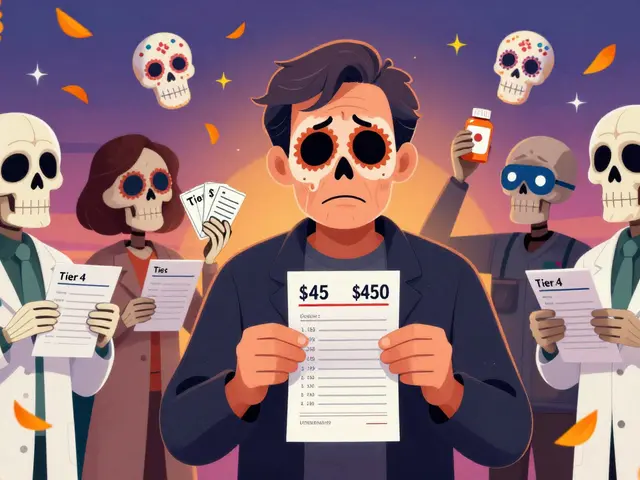Child Wheezing Symptoms: A Quick Guide for Parents
If you hear a high‑pitched whistling sound when your child breathes, it could be wheezing. It’s not always scary, but it can mean the airways are tight or inflamed. Knowing what to look for helps you act fast and keep your little one comfortable.
Spotting the Signs
Kids often hide how bad they feel, so watch for these clues:
- Whistling breath: A squeaky sound during exhalation or inhalation.
- Shortness of breath: Faster breathing than usual, especially after play.
- Cough that won’t quit: Often dry and worse at night.
- Tight chest feeling: Your child may rub their ribs or say it hurts to breathe.
- Loud breathing: You can hear the rush of air without a stethoscope.
These signs can pop up during a cold, after exercise, or when allergens are around. Keep a diary of what triggers the wheeze – pollen, pets, dust, or even excitement.
When to Call a Doctor
Not every wheeze needs an emergency room, but you should call for help if:
- The wheeze gets louder or spreads to both lungs.
- Your child can’t speak full sentences without pausing for breath.
- You notice a bluish tint around lips or fingernails.
- They’re sweating, pale, or unusually sleepy.
- The episode lasts more than 15‑20 minutes despite using their rescue inhaler.
Even if it seems mild, a pediatrician can check for asthma, allergies, or an infection that needs treatment. They’ll likely prescribe a quick‑relief inhaler (like albuterol) and maybe a daily controller if wheezing repeats.
At home, keep the air clean: use a humidifier in dry rooms, vacuum often, and wash bedding in hot water. If pets trigger symptoms, limit their access to your child’s bedroom. Encourage steady breathing exercises – slow breaths through the nose can calm mild wheeze episodes.
Remember, you know your child best. Trust your gut; if something feels off, reach out to a health professional sooner rather than later. Spotting wheezing early and acting calmly makes a big difference in keeping your kid breathing easy.

Spot early signs of breathing problems in kids. Learn normal vs danger, quick checks, when to seek care, and how to track triggers. Evidence-based and calm.
Chris Gore Aug 23, 2025




